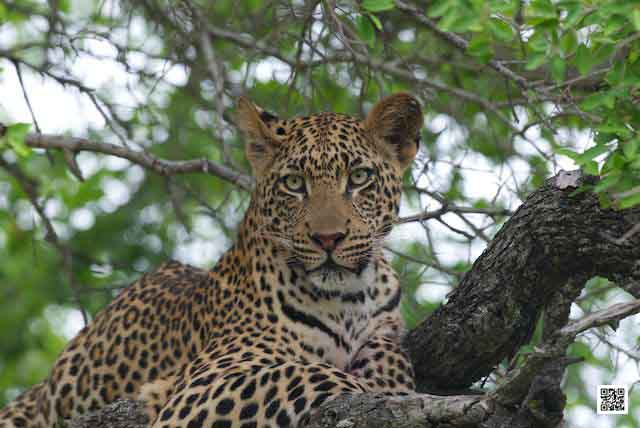thought leader
A Story of Disruptive Innovation and Photography
22/01/13 16:59 Filed in: Insights & Opinion | Photography & Art

Good ideas often come while we are doing something very boring like driving on the freeway, washing the dishes, doing ironing or other monotone work. We get in some kind of a trance and our thoughts start wandering away and sometimes to places where ideas wait to be discovered. Our mind gets somehow switched off and the intuitive level takes over. In other words our usual thoughts are put to sleep.
Now we got this amazing idea, we quickly finish the dishes and go straight behind the computer to work the whole thing out for implementation into practice. Lets say the idea is a new kind of team building that uses photography to align the energies of the individual team members in order to accomplish the team goals. This might sound complicated, but it is not, its only photography and it will feel like a normal photography course, only the results will be more beneficial for the team. Lets call it an innovative application of photography for business.
How do others experience this innovation? Some will see immediately the fun of photography and will be curious to discover new exciting things. Others might be skeptical and might feel a bit uncomfortable, not knowing how the whole thing will work. For them it might feel disruptive, different from the usual team building they always had and reluctance might creep up, tempted to reject the innovative approach of the team building.
What will win, the reluctance or even rejection or the curiosity, fun and excitement? This is the moment when leadership is needed. At the end the leader guides the team to new success and sometimes something has to disrupt the routine to achieve new levels of achievements.
Another example: Who remembers the Reebok Pump? Here what happened when the innovation was introduced to the responsible people:
“When Continuum pitched an idea to Reebok for a new basketball shoe that would use inflated air to better support the ankle, thereby reducing injuries, the brand manager for basketball shoes said he wasn’t interested because he had never heard about a need for that from a focus group. When we proposed the idea to a high school basketball team, the response was even worse--the players openly laughed at the concept.
But when the team members actually used an early “experiential model” of the shoe during practice, they were won over by how cool it was to have a shoe form-fitted to their feet. Over time, they were even more enthusiastic as they realized they could play more confidently without fear of injury. Like that, the Reebok Pump was born.” (via Co.Create, read the article here)
The Reebok Pump could be called a disruptive innovation. It obviously disrupted the usual thinking and doing, yet when eventually tested all were happy.
There are plenty of examples like the Reebok Pump, also in art and photography. People disliked the painting style of Van Gogh. It was different from the style of other successful painters at this time and Van Gogh’s style might have been experienced as disruptive.
Long story short, disruptive innovation is something revolutionary and photography is a wonderful medium for innovation, within photography and beyond. Use it and be not discouraged when some people might feel disturbed. You might be a new Van Gogh or Rembrandt!
Keep snapping!
Ute Sonnenberg for www.rohoyachui.com
Photography for Thought Leaders
16/01/13 07:49 Filed in: Insights & Opinion | Photography & Art

Thought leaders are the men and women who guide whole nations and economies into the future, only think of Steve Jobs and his visionary spirit. There is a common sense that visual content, visualizations and pretty much everything will have a virtual existence in the future and that can only mean that photography will play a major role also for thought leaders. How are they communicating in a visual age? Most likely through images and even being not a thought leader one takes rather a photo of a house than trying to explain the husband which house could be a possible home and why. Thought leaders will communicate with their teams through images, team buildings will use photography to align the team members and successful leadership will be measured on how good a leader can communicate with visual content and visualize goals.
Well, none of the leaders needs to be a photographer to be able to communicate through photography, a cell phone is enough, yet there might come a big increase of hobby photographers out of it as well. And that would be great. Photography is just magic.
Ute Sonnenberg for www.rohoyachui.com